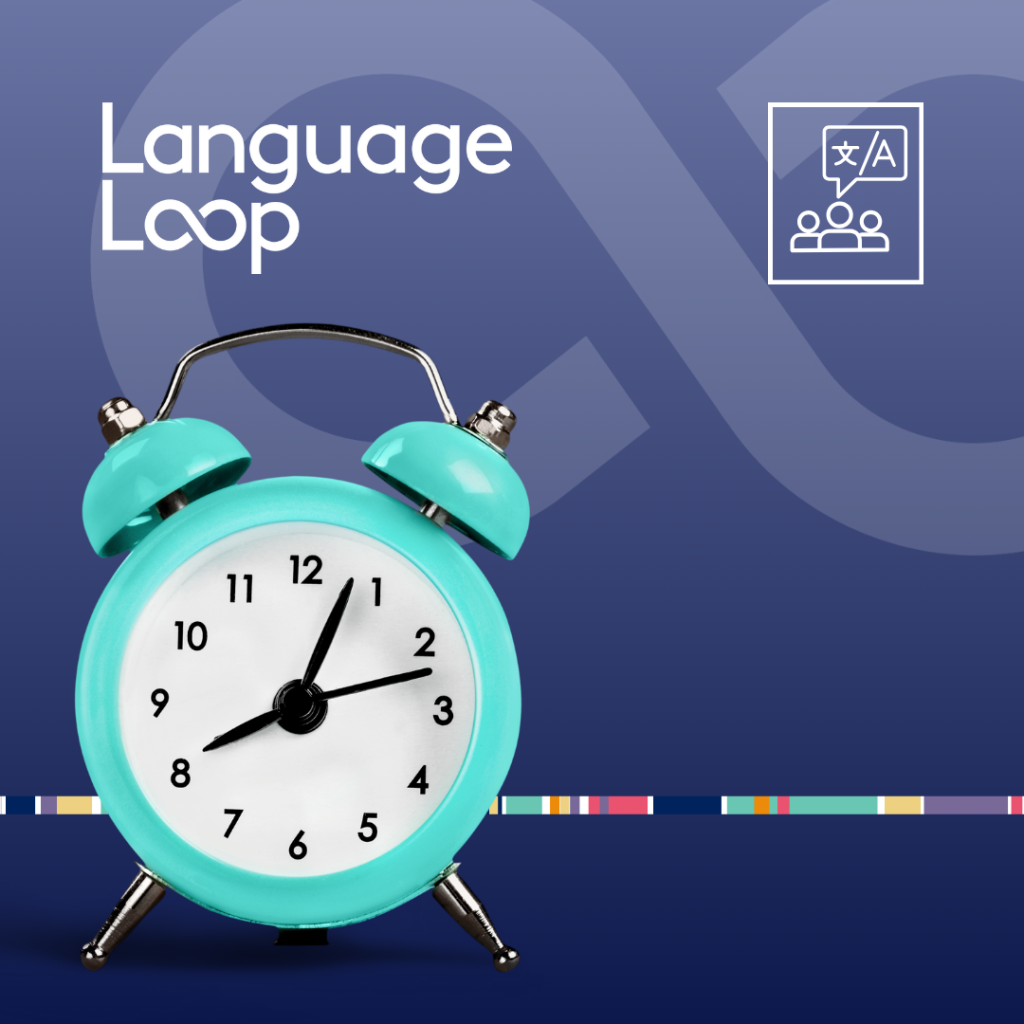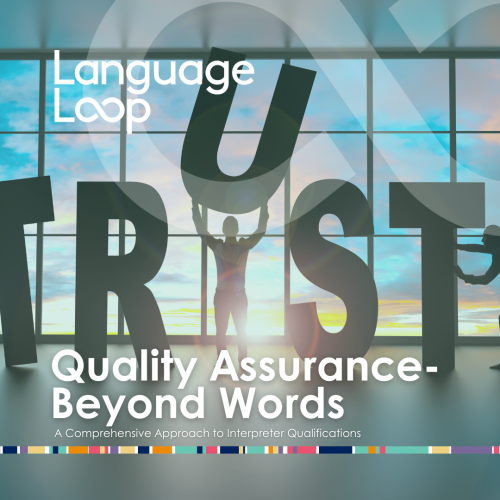When people think of interpreters, the first image to come to mind might be a language professional in a booth facilitating a sizeable and important conference. You might picture the United Nations and its rows of interpreter booths. Perhaps you picture a politician whose words are transformed into a visual language with the help of AUSLAN interpreter.
In this article, we will uncover the key differences in Interpreting modes and give you what you need to know when working with language professionals for the first time.
What is Simultaneous Interpreting?
Simultaneous interpreting is a highly-skilled, real-time interpretation of spoken language in which the speaker’s words are interpreted almost instantaneously. This mode requires interpreters to listen to the original language and convey the interpretation in the target language with only a few seconds of delay, if any. Simultaneous interpreting is often facilitated using specialised equipment in sound-proof booths, such as headphones and microphones. This setup allows the audience to listen to the interpretation through earpieces without interrupting the flow of the speaker’s delivery.
Ideal Use Cases for Simultaneous Interpreting:
- Large conferences and international meetings.
- Multilingual events where multiple languages are interpreted at the same time.
- Situations requiring a seamless flow of communication without interruptions.
If you are new to working with interpreters, this might be what you expect when you engage a language professional for the first time. However, this is a very specialised practice, and it’s NOT the kind of interpreting you will experience in a community setting. Let’s discuss what you can expect in community interpreting, which is consecutive Interpreting.
What is Consecutive Interpreting?
Consecutive interpreting involves the interpreter waiting for the speaker to finish a sentence or an idea before interpreting it into the target language. This process typically involves note-taking by the interpreter to capture the essence of the speaker’s message accurately. The speaker pauses periodically, allowing the interpreter to convey the content to the audience. This mode of interpreting is more time-consuming than simultaneous interpreting, as it requires the message to be delivered twice, first by the original speaker and then by the interpreter.
Ideal Use Cases for Consecutive Interpreting:
- Business meetings and negotiations.
- Medical, legal, and technical appointments where details are crucial.
- Small workshops or training sessions where interaction and engagement are key.
Key Differences Between Simultaneous and Consecutive Interpreting
Timing and Flow
- Simultaneous Interpreting: This mode offers real-time interpretation, ensuring uninterrupted communication flow. It is ideal for maintaining the natural pace of speeches or discussions in settings where time is of the essence.
- Consecutive Interpreting: This mode involves a delay in interpretation as the interpreter waits for the speaker to pause. It allows for more detailed and accurate interpretations of complex discussions but doubles the time needed for communication.
Equipment and Setup
- Simultaneous Interpreting: Requires specialised equipment, including headphones, microphones, and often sound-proof booths, to facilitate the interpretation process without disruptions.
- Consecutive Interpreting: Generally, this requires minimal to no special equipment. Interpreters may use notepads for notetaking to aid in their interpretation.
Interaction and Engagement
- Simultaneous Interpreting: While highly efficient, this mode offers less direct interaction between the speaker, interpreter, and audience. The focus is on a seamless listening experience.
- Consecutive Interpreting: Allows more engagement and interaction, as questions or clarifications can follow the interpretation. This makes it suitable for interactive settings like medical, legal, financial, and other everyday exchanges.
Skill and Concentration
- Simultaneous Interpreting: Requires a high concentration level and the ability to interpret quickly and accurately without losing the essence of the message. Interpreters often work in pairs and switch every 20-30 minutes to maintain the quality of interpretation.
- Consecutive Interpreting: Demands excellent note-taking skills and the ability to convey not just the words but the tone and nuances of the speaker after a short delay.
Community-First
The choice between simultaneous and consecutive interpreting depends on various factors, including the event’s nature, the number of languages being interpreted, the setting’s formality, and the need for interaction between speakers and the audience. Understanding these differences is essential for businesses, organisations, and individuals seeking professional interpreting services for communication needs.
LanguageLoop, with its community-first approach and commitment to “Turning Words into Possibilities,” offers consecutive interpreting services via telephone, video conference, and on-site to ensure real-time interpretation and language support tailored to the community’s unique requirements.
LanguageLoop ensures clear, effective communication across any language barrier, supporting equitable participation and access in a diverse society. Want to know more? Reach out today.








